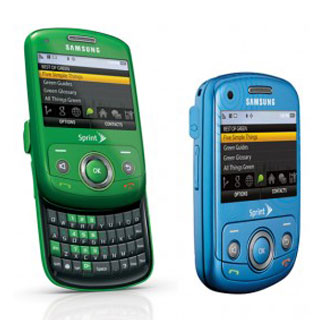Who knew that washing your hands could harm your health and the environment? Thanks to the chemical industry, a hazardous antibacterial compound called triclosan is now an ingredient in many household and personal care products such as soaps, cleaners, cosmetics, clothing, and even children’s toys. While consumers might think triclosan can protect them from harmful bacteria, it turns out that the use of this dangerous chemical in household products is no more effective than soap and water — and may be doing more harm than good.
The Trouble with Triclosan
A joint project of Food & Water Watch and Beyond Pesticides
Who knew that washing your hands could harm your health and the environment? Thanks to the chemical industry, a hazardous antibacterial compound called triclosan is now an ingredient in many household and personal care products such as soaps, cleaners, cosmetics, clothing, and even children’s toys. While consumers might think triclosan can protect them from harmful bacteria, it turns out that the use of this dangerous chemical in household products is no more effective than soap and water — and may be doing more harm than good.
To make matters worse, triclosan persists in the environment, mixes with other chemicals to form more toxic substances, contributes to the growing problem of bacterial resistance to antibiotics and causes a range of human and ecological health problems.
What is Triclosan?
Chemical company Ciba invented triclosan in the 1960’s. In 1972, the company introduced triclosan to the consumer market where it was confined for the most part to health care settings.
But in the last decade, it has been sold to household product manufacturers as an antibacterial agent. These manufacturers then create antibacterial products that contain triclosan, which are marketed to consumers as healthier than other products.
Depending on the company that sells the chemical, it also appears in products as Microban®, Irgasan® (DP 300 or PG 60), Biofresh®, Lexol-300, Ster-Zac or Cloxifenolum. Some antibacterial soaps use triclocarban in place of triclosan.
No Benefits
Claiming that products containing this antibacterial substance promote good health is misleading. While these products do inhibit bacterial growth, experts question whether this is really necessary for everyday household use. In fact, soaps that contain triclosan have not been proven to be more effective in preventing normal household illnesses than ordinary soap and water. In 2005, an FDA advisory panel of experts voted 11 to one that antibacterial soaps were no more effective than regular soap and water in fighting infections.
Many Risks
Triclosan can create more potent strains of bacteria, increasing antibacterial and antibiotic resistance. So its use in household products may actually contribute to more illnesses. That’s because triclosan kills most — but not all — of the bacteria it encounters. The germs that survive a triclosan onslaught emerge stronger and harder to kill in the future. With the increasing prevalence of triclosan, common bacteria can become more resistant. And if they infect people, treatment with antibiotics could be more difficult...

